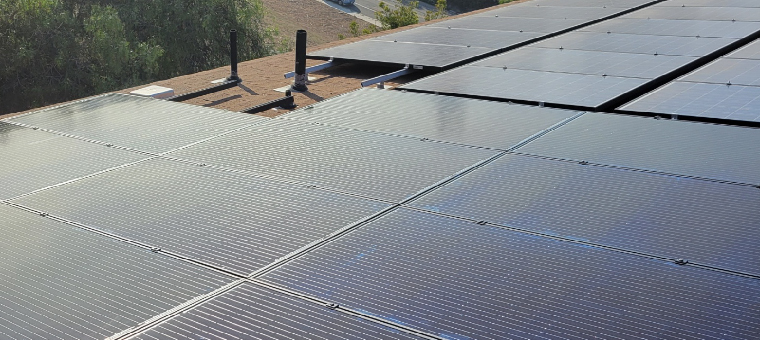




While fossil fuels are the main source of electricity in the U.S., they are very costly -- both in the financial cost to harvest these fuel sources and the negative impact they are having on our environment. There is no denying that solar will be cheaper in the long run (technically the sun’s energy is free!) and helpful for the environment.
While solar panel systems still cost money to develop in order to convert the sun’s energy into usable electricity, it is growing more and more affordable as technology develops. Further, fossil fuels are arguably becoming more and more scarce, as there are limited resources available on our earth. On the other hand, the sun’s power is extremely consistent and unending. By switching over more and more applications to solar energy, we can help reduce our dependence on harmful and waning fossil fuels and protect the long-term health of our environment.
Fossil fuels are made up of once living organisms that have taken centuries to break down and transform into their current state. They primarily include carbon and hydrogen bonds.
The most common fossil fuels include:
Renewable energy are sources of energy that come from naturally replenishing sources and cleaner processes than modern fossil fuels.
The most common types of renewable energy include:
When it comes to solar and other renewable energy sources, there are many benefits. In addition to improving the health of communities, renewable energy greatly impacts the health of the environment. By harnessing the power of the sun, solar provides a source of clean and renewable power, reducing the carbon footprint across California, the U.S., and the entire globe.
Fossil fuel burning results in greenhouse gas emissions, pollution of our air, pollution of our water, wildlife and land damage, and other environmental problems. According to a study done by The National Academies of Sciences, Engineering & Medicine, renewable energy options produce much lower greenhouse gas emissions “per unit of electricity produced” compared to how much coal and natural gas plants will produce.
However, some renewable energy options like biomass and geothermal can be just as harmful as fossil fuels, which is why more research must be done on these alternative options. Solar and wind power still lead the way in the most clean and growingly affordable renewable sources.
In regards to solar, the U.S. Energy Information Administration found that by switching to solar power, an average-sized home in Connecticut (which uses about 8,756 kilowatt-hours of electricity a year) could greatly reduce emissions. Essentially, it was the equivalent to planting 155 new trees -- every year. That is just one small example of what switching to solar and other alternative options could do for our environment.
The Bay Area is leading the way in ushering in renewable energy. Interested in learning more about your solar options? Contact Semper Solaris’ today.